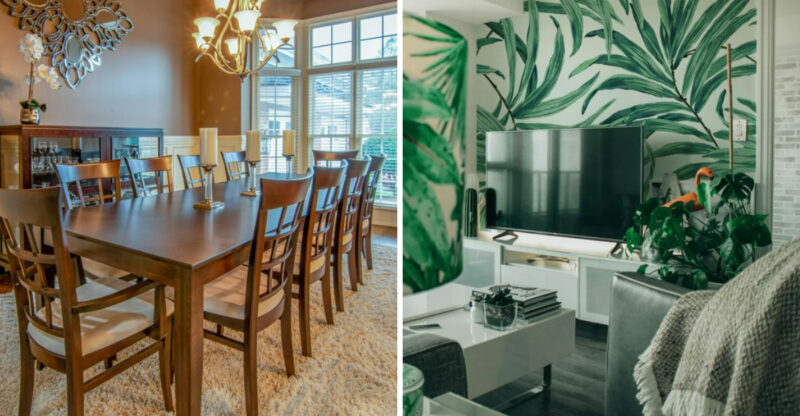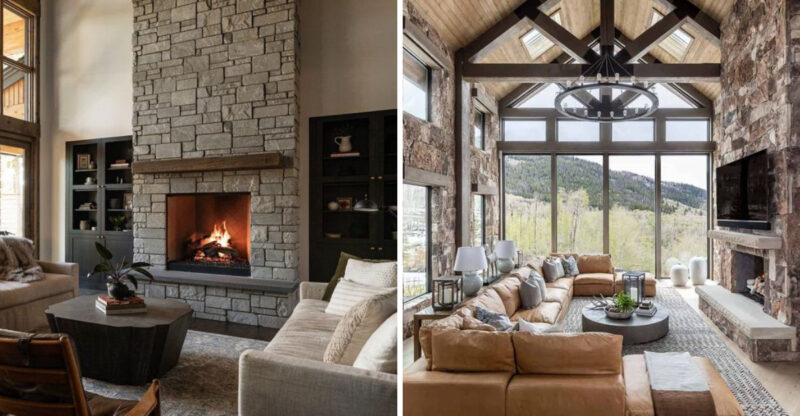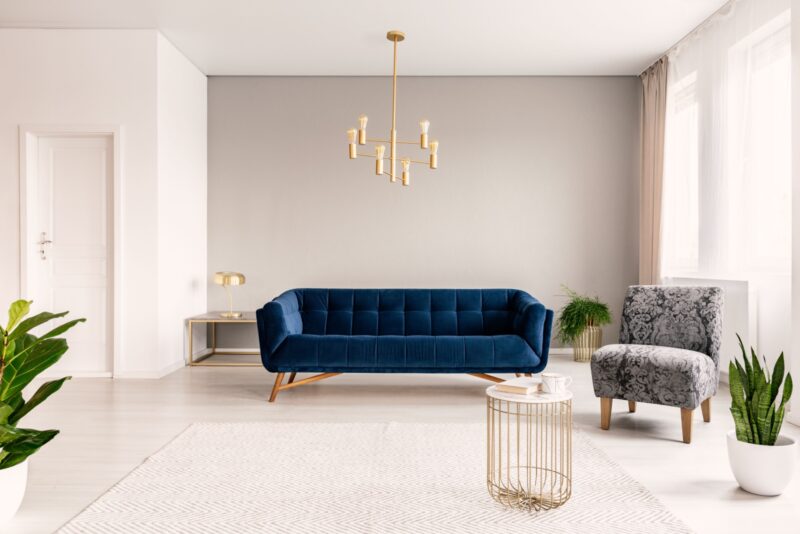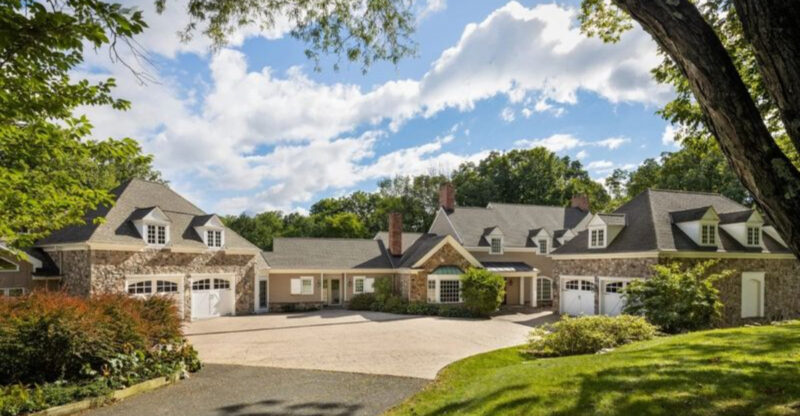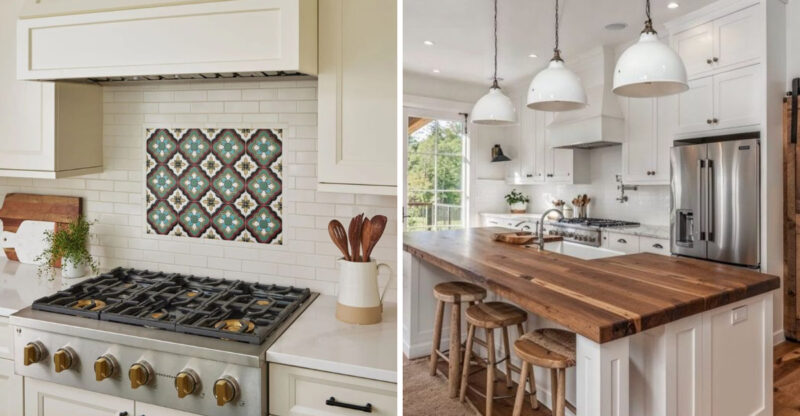10 Home Details That May Appear Trendy But Don’t Make Life Easier
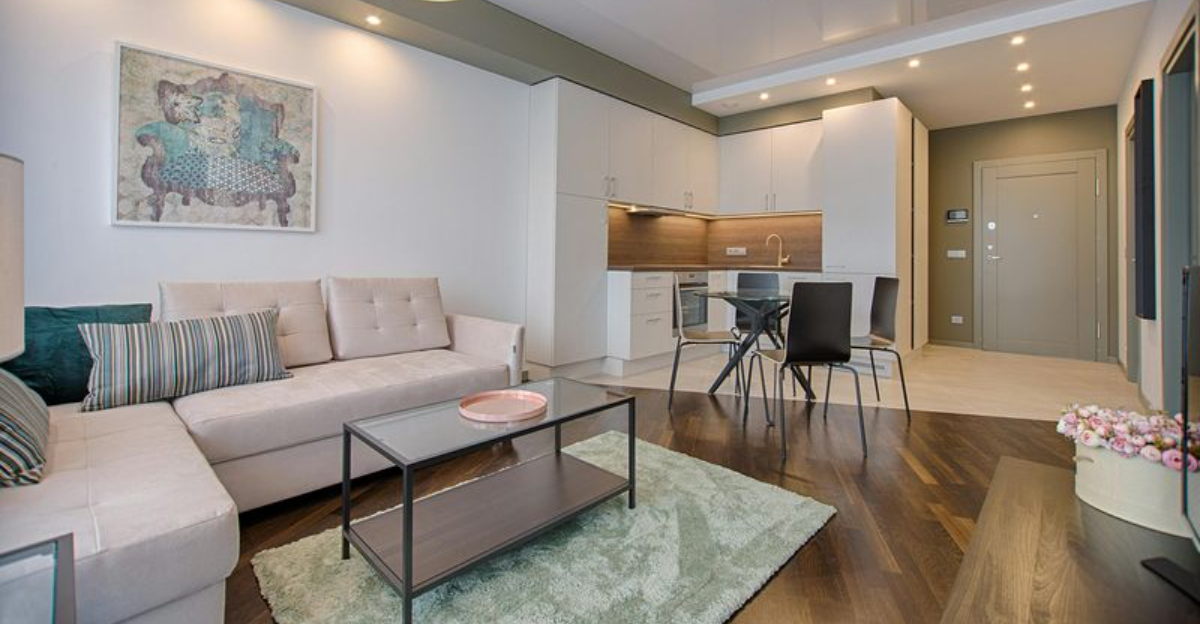
Home design trends come and go, but not all of them enhance our daily lives. While scrolling through social media or flipping through magazines, it’s easy to fall in love with stylish home features that look amazing in photos.
What these glossy images don’t show is how these trendy details might actually complicate your everyday routines. Let’s explore some popular home design elements that might look fantastic but could be causing more headaches than happiness.
Keep in mind that experiences may vary depending on your home layout, lifestyle, and personal preferences, so consider testing changes before fully committing.
1. Statement Light Fixtures
Those massive chandelier-style fixtures might dazzle your guests, but cleaning them becomes a nightmare. Dust collects on all those intricate parts, requiring special tools and patience you probably don’t have on a busy weekend.
The expense doesn’t end with purchase either. Many statement fixtures require special bulbs that cost three times more than standard ones. And when something breaks? Good luck finding replacement parts without ordering from specialty stores.
Space becomes another issue oversized pendants can make small rooms feel cramped and sometimes cast weird shadows that make everyday tasks harder. What looks stunning in a design magazine might just become your most regretted purchase.
2. Oversized Wall Art
Giant wall pieces certainly make a statement, but they come with equally giant headaches. Hanging these massive frames often requires professional help or at least two strong people, special wall anchors, and tools most homeowners don’t keep around.
If you rent, forget about it the damage from mounting hardware could cost you your security deposit. And when you want to redecorate? Moving these pieces becomes a major project rather than a simple refresh.
The cost factor hits hard too. Quality oversized art commands premium prices, while cheaper alternatives often look exactly that cheap. What seemed like a bold design choice quickly becomes the elephant in the room that you’re stuck with until your next major renovation.
3. Open Shelving Everywhere
Instagram makes those perfectly styled open kitchen shelves look dreamy, but reality tells a different story. Everything on display collects grease, dust, and cooking residue at alarming speeds. Unless you enjoy weekly deep cleaning, those cute mugs and plates will look grimy within days.
Organization becomes a constant battle too. Without cabinet doors, every item must look presentable all the time. This means spending money on matching containers and dedicating time to arranging everything just so.
Did you know most people who install open shelving end up hiding their everyday items elsewhere? The shelves become purely decorative, wasting valuable storage space in the process. Meanwhile, your practical items get stuffed into whatever closed storage remains.
4. Bold Wallpaper Patterns
That jungle-themed accent wall might earn you social media likes, but living with it is another story. Bold patterns quickly become visually overwhelming, making spaces feel smaller and more chaotic than they actually are. Many homeowners report headaches or feeling anxious in rooms with busy wallpaper.
Installation costs will shock you too. Professional wallpaper hanging costs significantly more than painting, especially with pattern matching requirements. And when you inevitably tire of it? Removal becomes a nightmare of scraping, steaming, and wall repairs.
Resale value takes a hit as well. What you find fashionable, potential buyers might see as a renovation project. Even real estate agents confirm that bold wallpaper often appears on the “must change” list for home buyers, essentially turning your expensive design choice into a liability.
5. Floating Vanities Without Storage
Sleek floating bathroom vanities create that minimalist spa vibe, but where exactly are you supposed to store your stuff? Without drawers or cabinets, everyday essentials like extra toilet paper, cleaning supplies, and toiletries need homes elsewhere in your bathroom.
The exposed plumbing beneath these vanities collects dust bunnies visible to everyone. Cleaning underneath becomes an awkward chore that’s easy to neglect. Many homeowners end up placing baskets underneath, defeating the floating aesthetic they paid premium prices to achieve.
Structural concerns arise too. Proper installation requires solid wall blocking that many older homes lack, leading to expensive retrofitting. Some homeowners have even experienced devastating failures where improperly mounted floating vanities pull away from walls, causing water damage and expensive repairs.
6. Glass Shower Walls Without Privacy
All-glass shower enclosures look spectacular in luxury hotel bathrooms, but living with one daily presents challenges nobody warns you about. Privacy becomes non-existent, creating awkward situations for households with multiple people or frequent guests.
Maintenance quickly becomes a part-time job. Water spots, soap scum, and fingerprints show on glass within hours of cleaning. Many owners report spending 10-15 minutes daily wiping down their showers just to maintain that crystal-clear look.
Temperature issues surprise many new owners too. Glass doesn’t retain heat like shower curtains, creating chilly showering experiences as warm air escapes. Some people install heat lamps or towel warmers to compensate, adding to both installation and energy costs. What started as a simple upgrade becomes an expensive commitment to constant cleaning and comfort modifications.
7. Decorative Door Hardware
Fancy doorknobs with intricate designs might elevate your home’s aesthetic, but function often suffers for style. Those detailed patterns create perfect hiding spots for dirt and grime that regular cleaning can’t reach. Many homeowners report having to use toothbrushes and special cleaners just to maintain their expensive hardware.
Comfort becomes an issue too. Unusual shapes can be genuinely painful to grip, especially for children, elderly family members, or anyone with hand strength issues. Some decorative handles have sharp edges that snag clothing or scratch hands during normal use.
Replacement costs hit hard when these specialty pieces break. While standard doorknobs might cost $20-30, decorative versions easily run $100-300 each. And because they’re often discontinued quickly as trends change, finding matching replacements years later becomes nearly impossible, forcing complete replacement of all your home’s hardware.
8. Layered Rugs That Slide
The bohemian look of overlapping rugs creates texture and visual interest, but in real life, it creates hazards. These stylish layers shift constantly underfoot, causing trips and falls that designers conveniently never mention. Furniture legs push through multiple layers, creating uneven surfaces that wobble and annoy.
Cleaning becomes twice the work too. Vacuuming requires moving the top layer completely, then replacing it perfectly aligned afterward. Spills are even worse liquid seeps between layers, creating hidden mold and odor problems.
Cost adds up quickly since you’re essentially buying multiple rugs for one space. Quality rugs aren’t cheap, and the layered look requires at least two good pieces. Meanwhile, cheap rugs wear unevenly when layered, creating worn patches that force replacement much sooner than single rugs would require. This trendy look demands both higher initial investment and ongoing replacement costs.
9. Metallic Cabinet Finishes
Shiny gold or copper cabinet hardware looks stunning in magazine spreads but quickly becomes a fingerprint showcase in real homes. These finishes show every touch, smudge, and water spot within minutes of cleaning. Families with children find themselves wiping handles multiple times daily just to maintain that luxe look.
Durability presents another disappointment. Most metallic finishes are actually thin coatings that wear away at contact points within months. That expensive gold look often reveals cheap brass or even plastic underneath, especially on frequently used drawers and doors.
Mixing metals has become trendy, but creates future headaches when replacing just one broken piece becomes impossible. Manufacturers frequently discontinue specific finish tones, forcing complete replacement of all hardware for consistency. What seemed like a simple upgrade becomes an ongoing battle against tarnish, wear patterns, and obsolescence.
10. Unnecessary Room Dividers
Half-walls, decorative screens, and floating shelving units used as room separators create visual interest but practical problems. These trendy dividers interrupt natural movement through spaces, creating awkward traffic patterns and bottlenecks during gatherings. Many homeowners report constantly bumping into these features, especially in smaller homes.
Light distribution suffers significantly too. Even partial walls block natural light from windows, creating darker interior spaces that then require additional artificial lighting. This not only impacts the feel of your home but also increases energy costs.
Flexibility disappears with permanent or semi-permanent dividers. As your needs change perhaps needing space for a home office or accommodating aging parents these stylish separations become obstacles rather than assets. The open-concept backlash has gone too far when simple furniture arrangement could define spaces without constructing unnecessary barriers.

